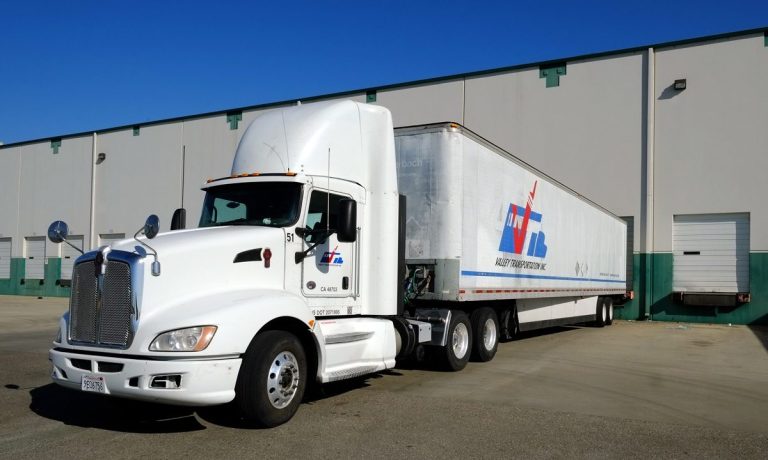
Today’s modern and increasingly digital landscape is transforming even the most traditional industries.
Including historically relationship-based sectors like shipping and logistics that are riddled with legacy processes and entrenched familial partnerships.
“The rapid speed of technical adoption over just the past seven years has been incredible and frankly enormous in this industry,” CEO and co-founder of international digital trade company Cargobot, Fernando Correa, told PYMNTS.
He added that given the historical state of matching shippers and carriers through a “completely manual process,” the shipping and logistics industry is particularly primed to capture future-fit efficiencies through next-generation tech solutions.
That’s because the key to improving supply chains starts with data and modern industry relationships are increasingly being built across dynamic and innovative platforms, as well as being supported further by emergent digital tools.
Read More: The Industrial Economy Greets Generative AI With Open Arms
PYMNTS has for years been closely covering how incredible transformations with cloud computing and the internet have helped businesses organize and disseminate information and spurred the growth of a new, hyper-modern and connected economy.
Now, that seismic shift in systemic capability is increasingly coming to the physical world of transportation.
“Everything we are organizing using our technology is only for one purpose: to drive efficiency, visibility, and transparency between shippers and carriers by activating relevant data,” Correa said.
He emphasized that the shipping and logistics industry is “very fragmented, you have a lot of actors and a lot of carriers,” adding that there is almost too much volume to standardize the relationships.
At least that was the case before recent technical innovations and digital solutions emerged.
“A phone call is not a structured relationship, an email is not a structured relationship,” Correa said. “These new tech innovations [being brought to market within the industry] are meant to organize an entire relationship that was previously unorganized, and where efficiencies slipped through the gaps.”
See Also: Digital Platforms Reduce Costs and Risk of Business Payments
Still, there is nothing simple about moving goods from point A to point B, no matter how historically necessary it has been — and one side effect is a simultaneously entrenched and fragmentedly laborious way of doing things.
Fortunately, even the most entrenched and traditionally manual industries are now wising up to the benefits of modern technology.
“Everything we are doing is about accelerating the [shipper and carrier] relationship and improving the process through cargo technology — and we have to think about both sides of the question, including the innovation and the education of the shippers and carriers around the impact of that innovation,” Correa said.
The most important thing, he said, is simplifying the traditionally fragmented and complicatedly manual-reliant relationship between shipper and carrier.
“They need to understand how [modern logistics tools] can help give them a much better relationship with each other, one that drives growth and captures historically unrealized efficiencies,” Correa said.
“One side effect of providing an innovative and new solution is that you need to educate the industry and the market around what you are providing,” he added.
The offline, highly intermediated nature of shipping and logistics offers an attractive white space opportunity for platforms like Cargobot that can step in and make an immediate impact.
“We are cleaning up and simplifying a historically confusing and fragmented landscape,” Correa said. “Not only that, we are taking the information that exists, interpreting it, and providing shippers and carriers with what they need to make the right decision by standardizing the relationship between them.”
As the logistics business becomes more and more digital, with industry companies moving from Excel spreadsheets to online platforms and vendors increasingly providing application programming interface (API) integrations and next-generation features like dynamic pricing, even the most recalcitrant industry actors are realizing that if they don’t take the next step, they won’t be able to compete.
Correa added that digital planning tools like the one his company plans to bring to market in May are helping evolve the “trust relationships” integral to the shipping and logistics industry by supporting them with data.
He said that simplification across the industry as a result of modern tools will be ongoing and continue growing, and that is what he is looking forward to most.